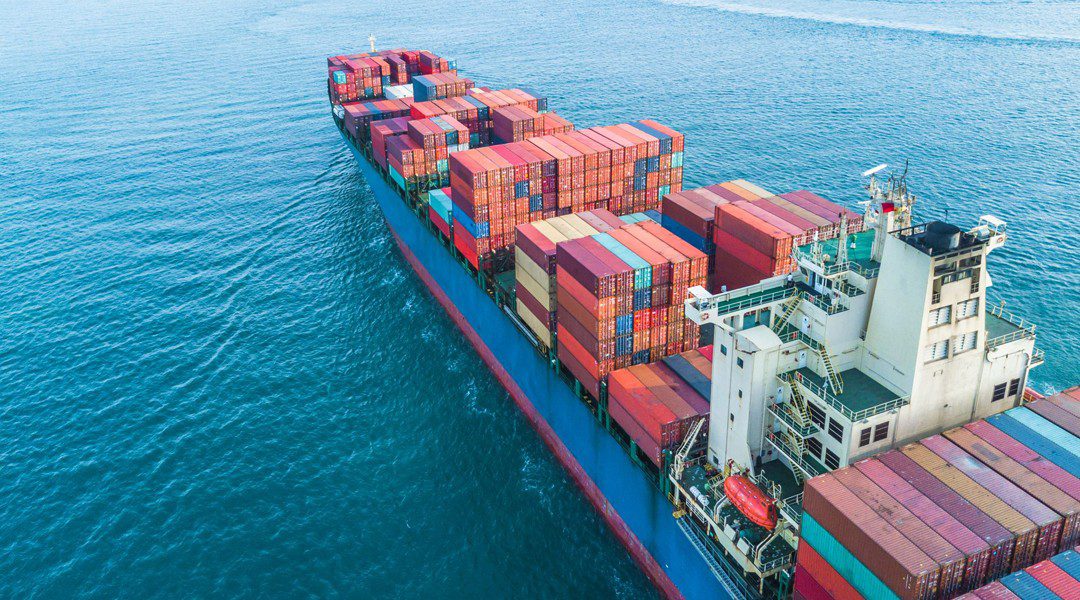Analysts have begun to examine whether trade patterns could return to pre-war levels if Russia’s invasion of Ukraine were to be curtailed by a deal to end the fighting
BRS Shipbrokers noted in its latest weekly report that total dry bulk exports from Russia and Ukraine dropped from 414M tonnes in 2021 to 375M tonnes in 2024, with the most significant losses concentrated in Ukrainian grains and Russian coal.
Analysts have pointed out that Russia’s ongoing territorial war in Ukraine has severely disrupted Black Sea logistics and significantly curbed Ukrainian exports. Data from AXSMarine suggests Ukrainian grain shipments decreased from 51M tonnes in 2021 to 39M tonnes in 2024. According to BRS, “While peace could revive Black Sea grain demand for Panamaxes and Supramaxes, full export capacity would face delays due to farmland recovery and labour shortages.”
Despite the challenges faced by Ukraine’s grain exports, BIMCO reported on 24 February that the country’s overall dry bulk shipments have shown some recovery in the past 12 months, largely due to the success of its coastal corridor. According to BIMCO shipping analysis manager Filipe Gouveia, Ukraine has witnessed an 87% year-on-year increase in shipments, while Russia has seen a 6% year-on-year decline.
Since August 2023, Ukraine has been exporting dry bulk cargoes via this coastal corridor, which has proven to be an effective solution. However, despite this improvement, volumes are still 36% lower than before the war.
BIMCO also noted the sailing distances for Ukrainian shipments have shortened since the war began, partly due to a reduction in iron ore shipments. Additionally, average distances for Ukrainian grain shipments have decreased as routes to the Mediterranean have replaced those to Asia.
Russia’s dry bulk exports
Turning to Russia, Riviera recently reported that a combination of international sanctions and adverse weather conditions has negatively impacted the country’s dry bulk exports, particularly coal and wheat. BRS Shipbrokers noted, “The lifting of sanctions could provide some relief for Russian coal output, which has recently been burdened by low prices and high rail transport costs.”
As a result, Russia’s tonne-miles fell by 22% from 2023 to 2024. BRS analysts believe unless demand surges, any recovery in coal output will be limited by the dominance of shorthaul shipments from Far East ports to China and India, thus restricting tonne-mile gains.
Furthermore, BIMCO highlighted China is the largest destination for Russian coal, but its import demand is slowing as the country increases its electricity generation from renewable sources. Russian coal also faces growing competition from both Indonesia and Australia.
Meanwhile, Russia has recently ramped up ammonia production to bypass gas sanctions, increasing its fertiliser exports from 20M tonnes in 2021 to 32M tonnes in 2024. According to BRS, “An easing of sanctions could reassure buyers wary of engaging with sanctioned Russian businesses, thereby providing a slight boost to small bulker demand in the Black Sea.”
Future dynamics
BRS Shipbrokers concluded by estimating that while outbound flows may return to 2021 patterns, ongoing reconstruction efforts could introduce new dynamics. This could drive the movement of steel and other rebuilding materials back into Ukraine and Russia.
BIMCO’s Mr Gouveia believes Ukrainian shipments could strengthen in the mid-term, particularly if the war comes to an end, while Russian shipments may continue to weaken.






